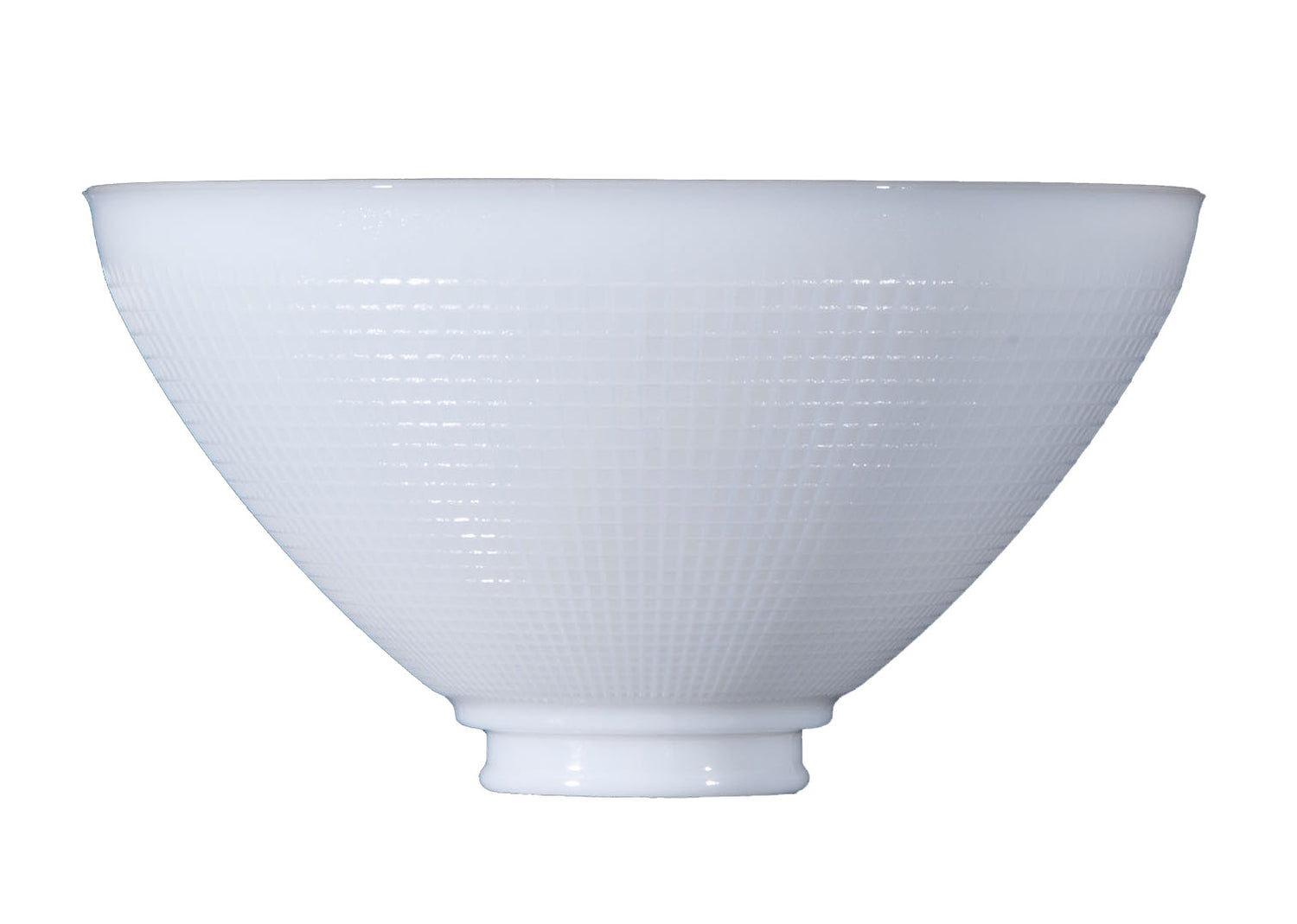A chandelier can certainly add ambiance to any space but knowing what to look for can be difficult. Luckily, Antique Lamp Supply has over 60 years of experience in the lighting business, and we offer the knowledge you need to find the perfect chandelier for your dining room, foyer, or living room. In this guide, we determine how to size and hang a chandelier. With this information, you can determine the right size chandelier for your unique space and install it with complete confidence.
How to Size a Chandelier
Before rushing off to buy a chandelier that matches your décor, you should first take measurements of the room in which it will go. If you’re shopping for your dining room, for instance, measure the room by square footage. Convert the total footage to inches for the approximate diameter of your chandelier. Then you should measure the room from floor to ceiling. Multiply that total by two or three. Convert to inches to find the approximate height of your chandelier. With these dimensions, you can easily determine where and how high to hang your chandelier. Chandeliers are most commonly hung in the center of a room over a table. If you are not hanging your chandelier above a table, it’s highly recommended that you hang the chandelier at least seven feet from the floor to the bottom of the chandelier.
Determine the appropriate chain length by measuring the height of your ceiling. If your ceiling is less than eight feet high, we recommend hanging the chandelier approximately 30 to 34 inches from the top of the table to the bottom of the chandelier. If your ceiling is higher than eight feet high, we recommend hanging the chandelier approximately 36 to 40 inches from the top of the table to the bottom of the chandelier.
How to Hang a Chandelier
With just a few inexpensive tools and the right connections, you can transform any space in your home with lighting. Before you begin, you should turn off the electricity to the circuit you’re working on by accessing the main electrical panel. Flip the room’s light switch on and off to test and confirm that the power is off. You might also want to use an electrical tester to verify that there is no current, otherwise, you run the risk of electric shock. Unscrew the canopy and lower the old light fixture so you can access the electrical box. With care, remove the twist-on wire connectors from the wiring. If the electrical tester’s light doesn’t turn on, you can detach all the wiring to free the fixture. Remove the screws that hold the electrical box. If it’s metal, try loosening the screws on the cable connector before sliding it out of the cable. If it’s plastic, use a slotted screwdriver to pry up the flexible fin and pull the cable free. You may also need to cut the metal hanger bar, if applicable, with a hacksaw.
Next, spin the hexagonal bar of the fan brace to reduce it to its shortest length. Then slip the brace up through the hole and set it against the ceiling so that both feet rest flat against the drywall or plaster. Rotate the hexagonal brace by hand until you feel the sharp prongs dig into the joists. Using an adjustable wrench, fully embed the prongs in the joists. Take care, because overtightening can add tension to the joists, which can cause nail pops in the drywall below.
With the help of a slotted screwdriver, pry one of the pre-punched knockout plugs from the side of the fan brace’s electrical box. If your kit does not come with an integral cable connector, fasten a nonmetallic connector instead. Hold the electrical box close to the ceiling and feed the end of the cable through the cable connector. Guide approximately six inches of cable into the electrical box and tighten the connector screws to lock the cable in place. Double check that the connector is pinching down on the cable’s exterior sheathing, not on the wires.
Locate the U-bolt, metal support flange, and hex nuts that come with your fan brace. Slip the U-bolt fastener over the fan brace and then slide the support flange onto the threaded ends of the bolt. Thread a nut onto each side of the U-bolt fastener and tighten each nut to lock the bolt into position. In the top of the electrical box, align the two holes. Push the box up into the ceiling and secure it to the U-bolt with two hex nuts. Tighten the hex nuts with a nut driver.
Remove any shades from the chandelier before installation. Shorten the wires and remove any chain links, so the chandelier hangs at the correct height. Thread the nipple pipe fitting into the chain holder first and then into the fixture-mounting bar. Feed the chandelier wiring through the nipple. Lift the fixture and screw the mounting bar to the electrical box. Next, connect the wire’s end to the ground wire by wrapping the copper ground wire around the groundling screw. After stripping half an inch of insulation from the wiring, use a twist-on connector to join the chandelier’s white wire to the cable’s white wire. Then connect the chandelier’s black wire to the cable’s black wire.
Fold and tuck the wiring into the electrical box. After sliding the canopy up the chain, press it tightly against the ceiling and ensure that the wires can’t be seen from the canopy. After guiding the retaining collar up the chain, thread it into the designated holder. Tighten the collar to hold the canopy tight against the ceiling. Install the light bulbs and replace the glass shades. Restore power to the room by accessing the main electrical panel.
If you have any questions about this article or would like help, please contact us today to speak with a customer service representative for additional information or further assistance.

